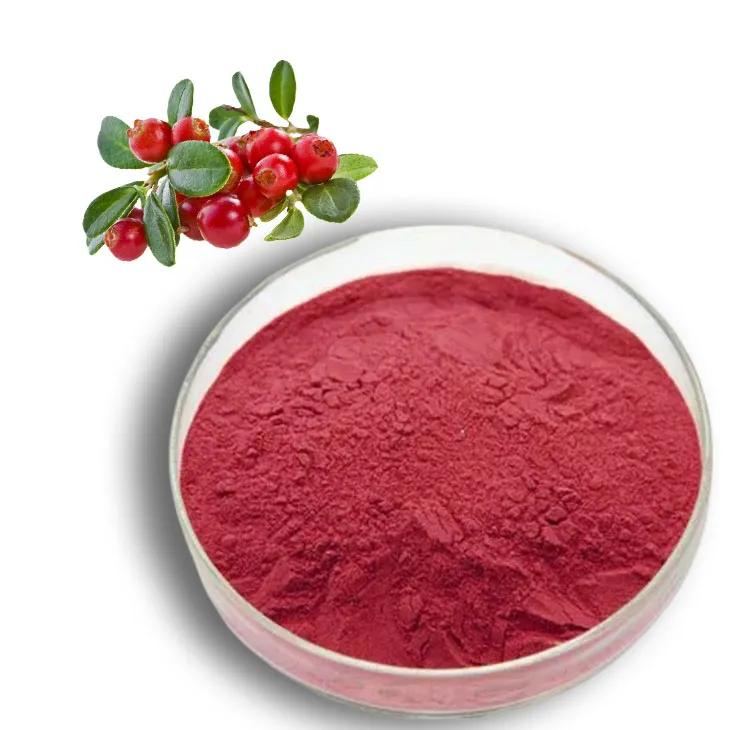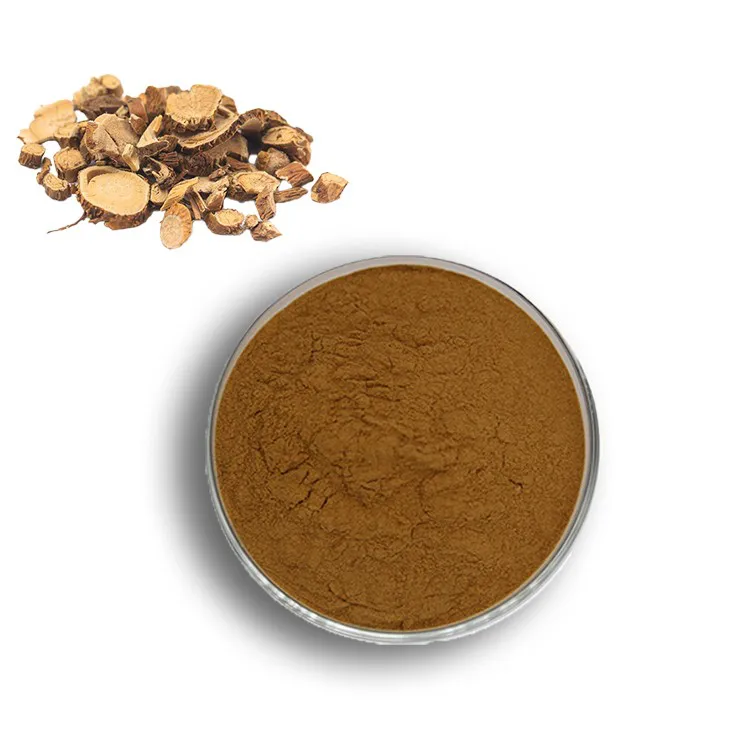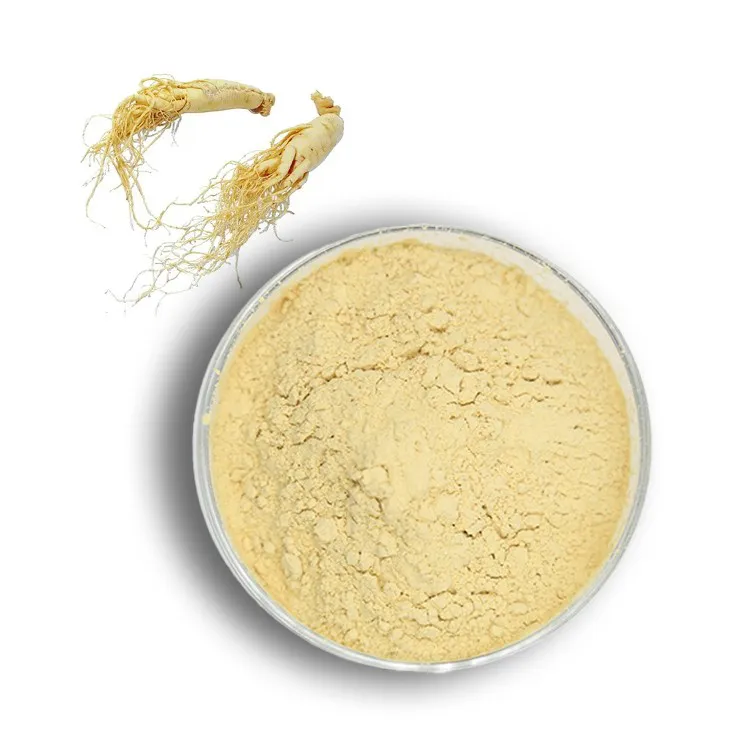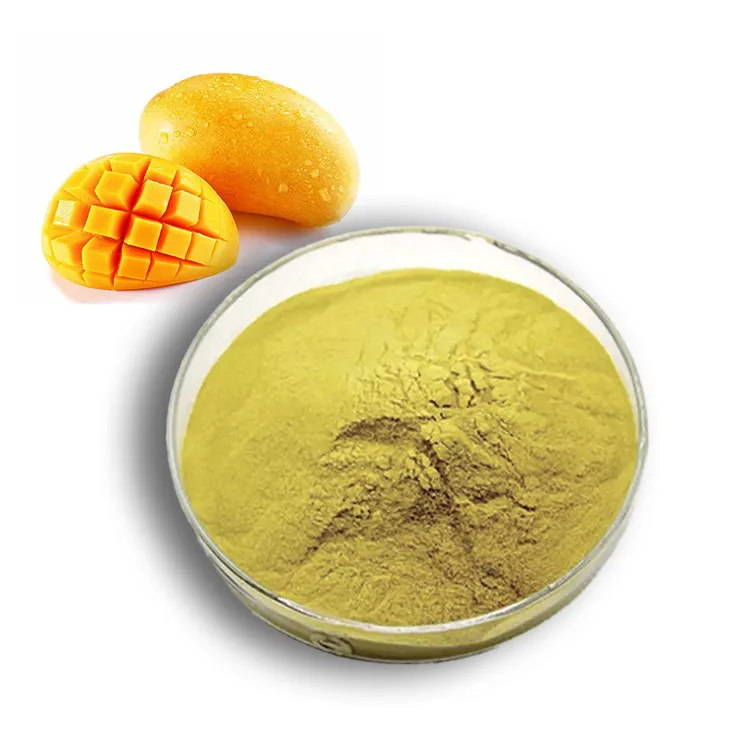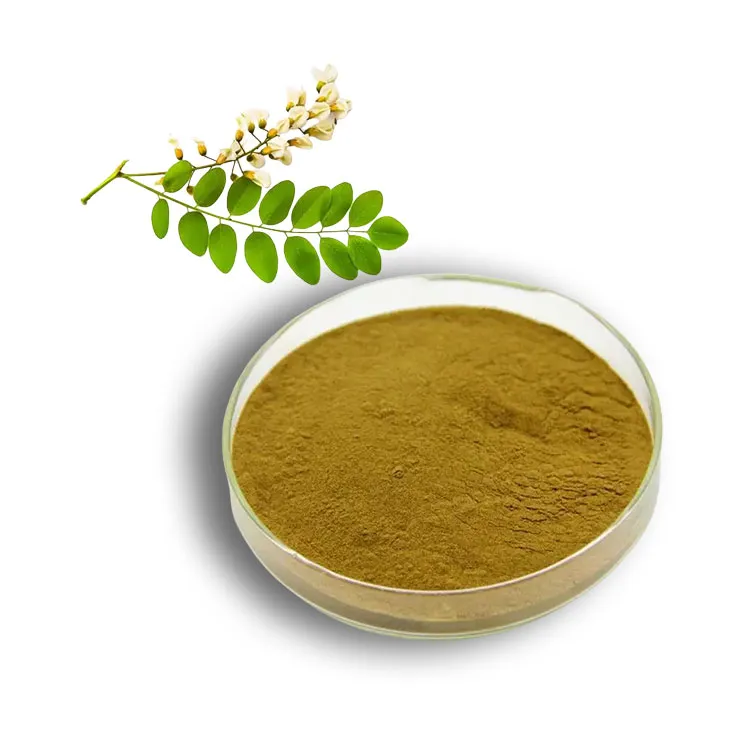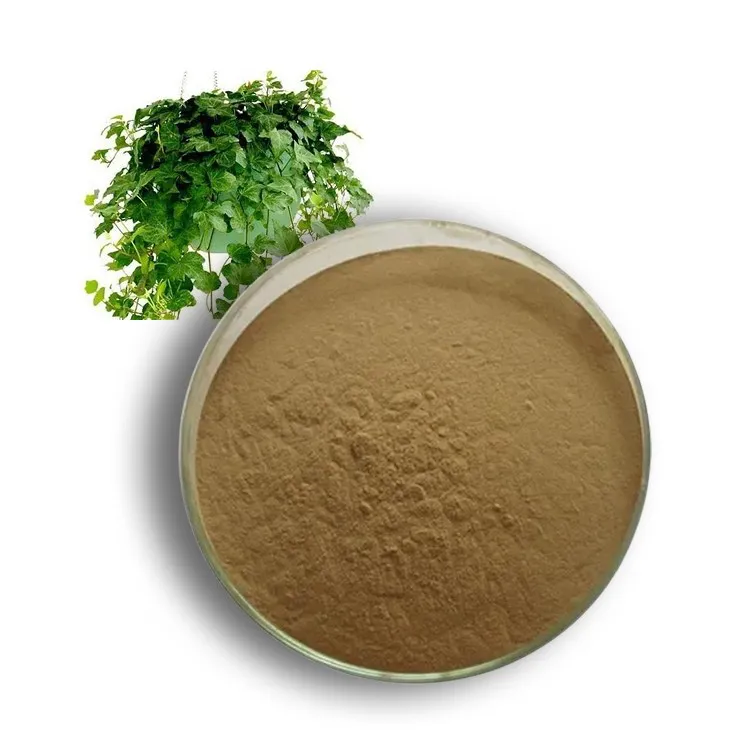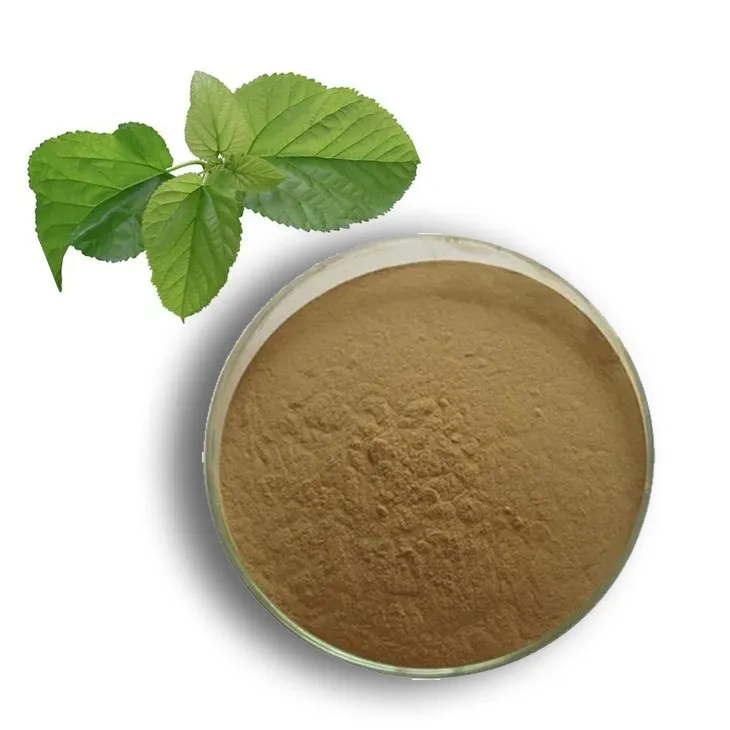- 0086-571-85302990
- sales@greenskybio.com
What Is in Flower Extract?
2025-10-30
Flowers have long been prized for their beauty, fragrance, and symbolism—but beyond their aesthetic charm lies a complex array of bioactive compounds with potential therapeutic, cosmetic, and nutritional benefits. These compounds are captured and concentrated in what we call flower extracts. From skincare formulations and perfumes to herbal remedies and dietary supplements, flower extracts are integral to many industries.
Yet, despite their widespread use, many people still wonder: What exactly is in flower extract? What chemical components make them effective—and how do extraction methods influence their composition? This article explores these questions in detail, breaking down the science, types, and applications of flower extracts, while also discussing their safety and future potential.
What Exactly Is a Flower Extract?
Definition and Purpose
A flower extract is a concentrated solution derived from the petals, buds, or entire flowers of a plant. It is obtained through extraction processes that separate active compounds from plant material using solvents such as water, alcohol, glycerin, or oils.
The goal of extraction is to capture the beneficial phytochemicals present in flowers—such as antioxidants, flavonoids, essential oils, and pigments—while removing unwanted materials like fibers or waxes. These extracts are then incorporated into cosmetics, pharmaceuticals, perfumes, and dietary products.
Common Extraction Methods
The composition of a flower extract largely depends on how it is made. Several extraction techniques are commonly used:
Solvent Extraction – Utilizes ethanol, methanol, or water to dissolve active constituents. This is the most common method in herbal medicine and skincare.
Steam Distillation – Primarily used for essential oils; steam passes through flower material to extract volatile aromatic compounds.
Cold Press Extraction – Used for delicate flowers whose compounds degrade with heat, preserving fragrance and nutrients.
Supercritical CO₂ Extraction – A modern, solvent-free technique using pressurized carbon dioxide to yield highly pure extracts without chemical residues.
Maceration and Infusion – Involves soaking flowers in oil or alcohol over time, a method often used in traditional herbalism.
The chosen method affects not only the concentration of bioactive compounds but also the extract’s stability, color, and scent profile.
What Bioactive Compounds Are Found in Flower Extracts?
Flavonoids and Polyphenols
Many flowers are rich sources of flavonoids—a diverse class of plant polyphenols known for their antioxidant and anti-inflammatory effects. Examples include:
Quercetin, found in chamomile and calendula flowers, known to combat oxidative stress.
Anthocyanins, responsible for the vibrant colors of roses, hibiscus, and violet flowers, and powerful free-radical scavengers.
Kaempferol, a compound abundant in jasmine and marigold, associated with antimicrobial and anti-aging properties.
Flavonoids not only protect the plant from UV damage but also provide therapeutic benefits when applied or consumed by humans.
Essential Oils and Volatile Compounds
The aromatic essence of a flower comes from its volatile compounds—the foundation of both perfumes and aromatherapy oils. These compounds are extracted mainly through steam distillation. Common examples include:
Linalool (lavender, ylang-ylang) – calming and sedative properties.
Geraniol (rose, geranium) – anti-inflammatory and antimicrobial actions.
Eugenol (carnation, clove) – antiseptic and analgesic effects.
These molecules are small, volatile, and highly concentrated—responsible for both fragrance and therapeutic efficacy.
Pigments and Carotenoids
Flower pigments such as anthocyanins, carotenoids, and chlorophylls contribute more than just visual appeal. For example:
Beta-carotene in Marigold Extract acts as a precursor to vitamin A and offers antioxidant protection.
Lycopene and zeaxanthin in calendula are used for skin health and UV protection.
Anthocyanins in hibiscus not only give the flower its deep red hue but also provide cardiovascular support through vasodilatory effects.
These pigments are often used as natural colorants in food and cosmetics and are valued for their bioactivity.
Phenolic Acids and Tannins
Phenolic acids such as gallic acid, caffeic acid, and ferulic acid are present in many floral species, particularly rose and hibiscus. These compounds help stabilize formulations, prevent microbial growth, and provide antioxidant defense.
Tannins, meanwhile, are known for their astringent properties. Found in flowers like witch hazel and chamomile, they tighten tissues and reduce inflammation—making them ideal for skincare applications.
Vitamins, Minerals, and Amino Acids
Though present in smaller amounts, many flower extracts contain vitamins A, C, and E, as well as trace minerals like zinc, magnesium, and calcium. Some extracts, such as hibiscus, are particularly high in vitamin C, enhancing collagen synthesis and immune support.
Additionally, certain flowers contain amino acids—building blocks for proteins—that help repair and nourish skin cells when used in topical products.
How Do Extraction Methods Influence the Composition of Flower Extracts?
Solvent Type and Polarity
The solvent used determines which compounds are extracted. Water, being polar, extracts hydrophilic substances like sugars and flavonoid glycosides. Alcohol or oil-based solvents, on the other hand, extract lipophilic compounds like essential oils and carotenoids.
For example:
A hydrosol (flower water) from lavender will contain water-soluble components with a mild scent.
An ethanolic extract of lavender will be richer in linalool and coumarins, with a stronger fragrance and antioxidant power.
Temperature and Pressure
Heat can enhance extraction efficiency but also degrade sensitive compounds such as vitamin C or certain terpenes. Thus, gentle or cold extraction methods are preferred for delicate flowers like rose or jasmine.
Supercritical CO₂ extraction—using high pressure rather than high temperature—allows maximum yield while preserving fragile aromatics and nutrients.
Concentration and Purity
The degree of concentration also matters. A high-purity extract will have a more potent biological effect but can also be more irritating to the skin if used undiluted. Therefore, cosmetic formulators balance concentration with safety and stability by diluting extracts into creams or serums.
Which Flowers Are Commonly Used for Extracts and What Do They Contain?
Rose (Rosa spp.)
Rose extracts contain phenolic acids, vitamin C, and volatile oils like geraniol and citronellol. They are revered for their moisturizing, anti-aging, and soothing effects in skincare. Rose water and rose absolute are among the most popular floral ingredients globally.
Chamomile (Matricaria chamomilla)
Chamomile extract is rich in apigenin, bisabolol, and chamazulene—compounds known for their anti-inflammatory and calming actions. It’s commonly used in products for sensitive or irritated skin.
Calendula (Calendula officinalis)
Calendula is a powerhouse of carotenoids, triterpenoids, and flavonoids. It supports wound healing, reduces redness, and protects against oxidative stress, making it a staple in natural ointments and creams.
Hibiscus (Hibiscus sabdariffa)
Hibiscus flower extract contains anthocyanins and alpha-hydroxy acids (AHAs) that gently exfoliate the skin and promote elasticity. When consumed as tea, it may help lower blood pressure and cholesterol levels.
Lavender (Lavandula angustifolia)
Lavender Extract features linalool, linalyl acetate, and coumarins. Known for its relaxing scent and antimicrobial qualities, it is used in aromatherapy, perfumery, and skincare for stress reduction and skin repair.
What Are the Health and Cosmetic Benefits of Flower Extracts?
Antioxidant and Anti-inflammatory Activity
The high polyphenol and flavonoid content of flower extracts enables them to neutralize free radicals and reduce inflammation—important for both disease prevention and skincare.
Antimicrobial and Healing Properties
Many flower extracts possess antimicrobial compounds that protect the skin and body from bacterial or fungal infections. For instance, calendula and chamomile extracts are widely used in natural antiseptic preparations.
Aromatherapeutic Effects
Volatile aromatic compounds from flowers such as lavender, rose, and ylang-ylang influence the limbic system of the brain, promoting relaxation, mood enhancement, and stress relief.
Are Flower Extracts Safe to Use?
Allergic Reactions and Sensitivity
While flower extracts are natural, they can still trigger allergic reactions, particularly in individuals sensitive to pollen or specific plant families. Patch testing is recommended for topical use.
Purity and Contamination
The safety of flower extracts depends heavily on sourcing and production standards. Pesticide residues, adulteration, or poor extraction methods can compromise quality. Choosing standardized and certified products ensures safety and consistency.
Dosage and Concentration
Excessive use of concentrated extracts can cause irritation or phototoxic reactions. For example, citrus flower extracts may increase sun sensitivity due to furocoumarins. Therefore, correct formulation and dosage are crucial.
What Is the Future of Flower Extracts in Health and Industry?
Sustainability and Green Extraction
Modern research emphasizes sustainable extraction methods that minimize environmental impact—such as solvent-free or water-based technologies. Green chemistry approaches are becoming industry standards.
Biotechnological Innovations
Advances in biotechnology now allow scientists to synthesize floral bioactives without overharvesting natural resources. Cultured plant cells and genetic engineering are emerging as ethical alternatives.
Expanding Therapeutic Applications
Ongoing studies continue to explore the pharmacological uses of flower extracts in wound healing, stress management, and chronic disease prevention. As analytical tools evolve, new bioactive compounds are likely to be discovered.
Conclusion
Flower extracts are complex, multifaceted mixtures of phytochemicals—including flavonoids, essential oils, pigments, vitamins, and minerals—that offer both beauty and therapeutic benefits. Their composition depends on the plant species, extraction method, and intended application. From calming chamomile and revitalizing hibiscus to luxurious rose and aromatic lavender, each flower holds a unique chemical signature and health potential.
While natural, flower extracts must still be used responsibly—ensuring purity, proper concentration, and awareness of potential sensitivities. As scientific research deepens and green technologies advance, flower extracts will continue to bridge the worlds of nature, wellness, and innovation, offering both health and harmony from the heart of the botanical world.
Visit Greenskybio.com, a great article source where you can learn about Supplements and their health benefits, you also can get the latest food Supplements. Green Sky Bio provides the best extracts and supplements. It is a Chinese self-developed brand that is trustworthy! Welcome to email us to inquire about our products.
TAGS:- ▶ Hesperidin
- ▶ Citrus Bioflavonoids
- ▶ Plant Extract
- ▶ lycopene
- ▶ Diosmin
- ▶ Grape seed extract
- ▶ Sea buckthorn Juice Powder
- ▶ Fruit Juice Powder
- ▶ Hops Extract
- ▶ Artichoke Extract
- ▶ Mushroom extract
- ▶ Astaxanthin
- ▶ Green Tea Extract
- ▶ Curcumin
- ▶ Horse Chestnut Extract
- ▶ Other Product
- ▶ Boswellia Serrata Extract
- ▶ Resveratrol
- ▶ Marigold Extract
- ▶ Grape Leaf Extract
- ▶ New Product
- ▶ Aminolevulinic acid
- ▶ Cranberry Extract
- ▶ Red Yeast Rice
- ▶ Red Wine Extract
-
Cranberry Extract
2025-10-30
-
Panax Ginseng Leaf Extract
2025-10-30
-
Sophora Flavescens Root Extract
2025-10-30
-
Rose Hip Extract
2025-10-30
-
Ginseng Root Extract
2025-10-30
-
Sea buckthorn Juice Powder
2025-10-30
-
Mango flavored powder
2025-10-30
-
Sophora Japonica Flower Extract
2025-10-30
-
Ivy Extract
2025-10-30
-
Mulberry leaf Extract
2025-10-30











